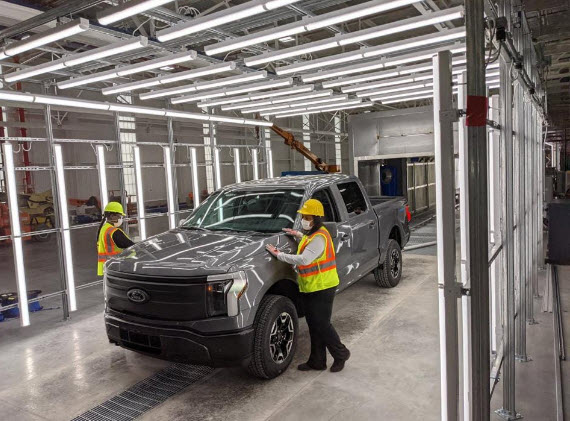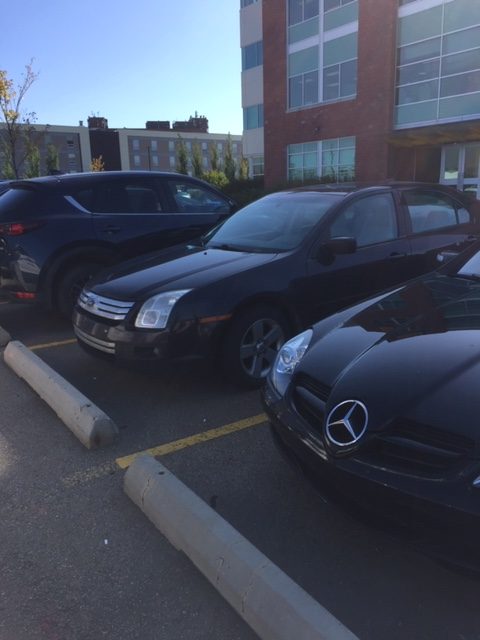Last week, I bought a new car. No, it isn’t new, new. It is a 13-year old Buick, but with 160,000km, it’s a major upgrade from my Chrysler, which I retired after 308,000km.
Anyone who has ever read the vehicle chapter in the It’s Your Money book knows that I am not likely to buy a brand new model. No matter what the incentives, there is no chance I want to pay for the average 20 to 30% depreciation in the first year. And low-rate financing doesn’t interest me, because adding interest costs to a car makes things worse, and more costly. Even at zero percent financing, I would be giving up the alternative of a rebate, and would now have monthly payments. That isn’t going to happen, because a car payment is the biggest monthly cash flow robber, and I would always be financing something that is worth less and less each month.
For anyone who does want to consider a new vehicle, www.edmunds.com has a great calculator which estimates the true cost of ownership over the first five years. They include gas, depreciation, insurance, and a host of other factors. Before heading for the dealership, it’s well worth a trip to their site. While it is U.S. vehicle prices and costs, the comparison between vehicles alone is very insightful.
In my case, since new wasn’t really new, I was happy to just write a cheque for $2,400 for my Buick. I’ll let you know in a couple of years what it’s actually costing me.
What I did want to figure out, without attempting to be smarter than a fifth grader, or doing more than a few minutes of math, is the real cost to drive my old Chrysler. In my case, the car cost me $133 a month. That’s an amount I can live with, even though my brother is quite a bit better off than me, at $71 a month, with his old Olds Achieva!
If you believe that a vehicle is a status symbol, you are likely destined to be broke. If, however, you think of a vehicle as basic, reliable transportation, you will likely be way ahead of millions of people, financially.
First, however, you need to know what your current vehicle is costing you per month, or per km. You can easily calculate your cost below, and do send me a note if you can beat my figure, which is used as an example on the worksheet. And remember three other points which will help you to avoid making your vehicle into a money pit:
• Avoid having a finance payment on your vehicle at all costs.
• If you have one, keep the vehicle after it is paid off and re-direct the same payments to a savings account. You won’t miss the money – you’ve been paying it all these years. But now it’ll grow for you, instead of going away.
• If you are in a lease – get out. There is very little chance you will ever have any equity and all those payments are just treading water before you’ll likely be giving the vehicle back to the dealer.
Vehicle Cost to Drive:
Original cash price of the vehicle: $10,200 $__________
Or:
The total of all payments:
(add up all the monthly payments, because
this will include the interest you paid to
finance the vehicle) n/a $__________
Or:
On a lease, add the monthly payment with
taxes AND the end of lease buyout amount n/a $__________
Add the rough total of any repair bills: $ 3,600 $__________
Do not include insurance, gas, basic maintenance, such
as oil changes, tires, etc. Yes, they have to be paid, but
they won’t be too different between vehicles.
Subtract the current value of the
vehicle, or the actual sale price: $ 2,300 $__________
Equals the total cost to own: $11,500 $__________
Number of months you owned the vehicle: 86 months __________
Total km you have driven:
(That is the mileage right now, less the
mileage when you purchased the vehicle) 212,000 __________
Your cost per km: 18 cents/km __________
(Divided the total mileage you’ve
driven by the total cost to own)
Your cost per month: $133 __________
(Divide the total cost to own by the
number of months you’ve owned it)


